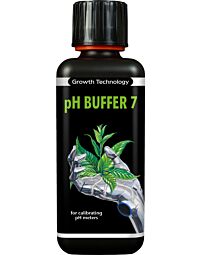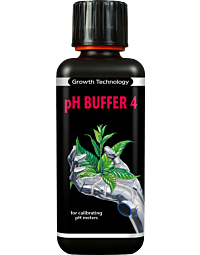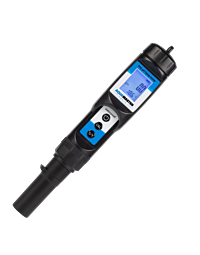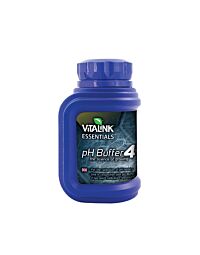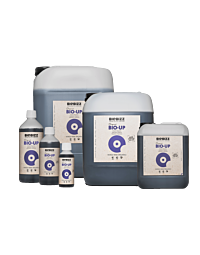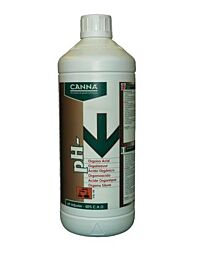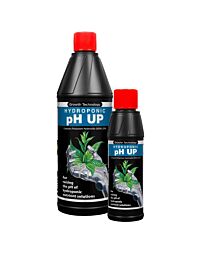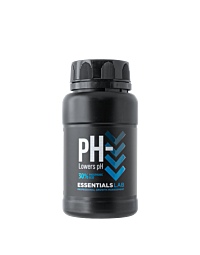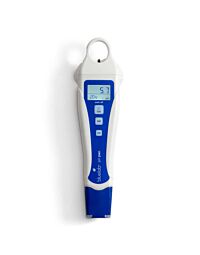The Importance of the Correct pH!
The Importance of pH in a Hydroponic Garden.
Plants are living organisms, just like humans, and they need specific conditions to grow and thrive within. A critical factor in growing healthy plants is maintaining the correct pH level in their nutrient solution.
What is pH, and why is it important?
pH is a measure of the acidity or alkalinity of a solution, and it is measured on a scale from 0 to 14. The pH value of a nutrient solution can affect the absorption of nutrients by plant roots, and any deviations from the optimum range can lead to nutrient deficiencies, toxicities, or even death.
The optimum pH range for most hydroponic crops is between 5.5 and 6.5, but some plants, such as blueberries, prefer a lower pH of 4.5 to 5.5. When the pH of the nutrient solution is too high or too low, plants cannot take up the nutrients they need to thrive, leading to stunted growth, yellowing leaves, and reduced yields.
Benefits of Maintaining the Correct pH Level.
Maintaining the correct pH level in the nutrient solution can help to:
Enhance nutrient availability: Many nutrients, such as iron, manganese, and zinc, are more available to plants at a lower pH, while others, such as calcium, phosphorus, and magnesium, are more available at a higher pH as shown with the nutrient availability scale .
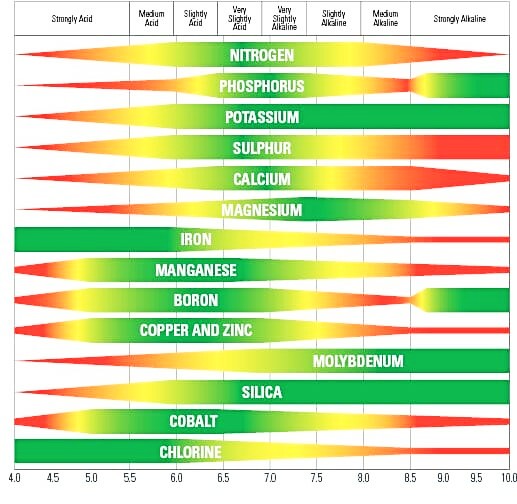
Prevent nutrient imbalances:
An imbalanced nutrient solution can lead to nutrient deficiencies or toxicities, causing damage to plants. By maintaining the correct pH, you can help prevent these imbalances from occurring.
Promote healthy root growth: Plant roots require a specific pH range to absorb water and nutrients effectively. A pH that is too high or too low can damage the roots and inhibit their ability to take up essential nutrients.
Causes of Shifts in pH Value.
Maintaining the correct pH level in a recirculating system, such as NFT, DWC, or flood & drain, can be challenging, as the pH tends to fluctuate due to several factors:
Plant uptake: Plants take up different amounts of nutrients and water, which can alter the pH of the nutrient solution.
Microbial activity: Microbes in the root zone can alter the pH through their metabolic processes.
Water quality: The pH of the water source used in the nutrient solution can affect the pH of the final solution.
Nutrient strength: The strength of the nutrient solution can affect the pH, as some nutrients can be more acidic or alkaline.
Environmental factors: Temperature, humidity, and CO2 levels can all affect the pH of the nutrient solution.
How do I provide my plants with the correct pH value?.
There are multiple products ranging from a few £'s to ££££'s, from simple liquid pH test kits to full on 24/7 monitoring with auto dosing to adjust to the correct values. The most popular tool for the avid grower is a pocket pH meter which provides a quick fire reading of your plant solution, we supply pH meters from the worlds most reliable and respected brands such Bluelab, Milwaukee, AquaMaster Tools & Essentials - eliminate problems before they happen! we advise to keep clean and maintain your test tools on a regular basis, we stock all the neccessary soultions to keep your meters clean and calibrated for an accurate and long life service. When you know the actual ph value of your solution you can make the adjustment UP or DOWN with any of the adjustment solution's we supply.
In conclusion:
Maintaining the correct pH level in a nutrient solution is crucial for the health and vitality of plants. By monitoring and adjusting the pH, growers can ensure that their plants are receiving the nutrients they need for optimal growth and yield. In recirculating systems, such as NFT, DWC, or flood and drain, growers should be aware of the factors that can cause shifts in pH and take appropriate measures to maintain a stable pH range. With a little attention to detail and regular monitoring, maintaining the correct pH level can lead to healthier, more vigorous plants and bountiful harvests.


